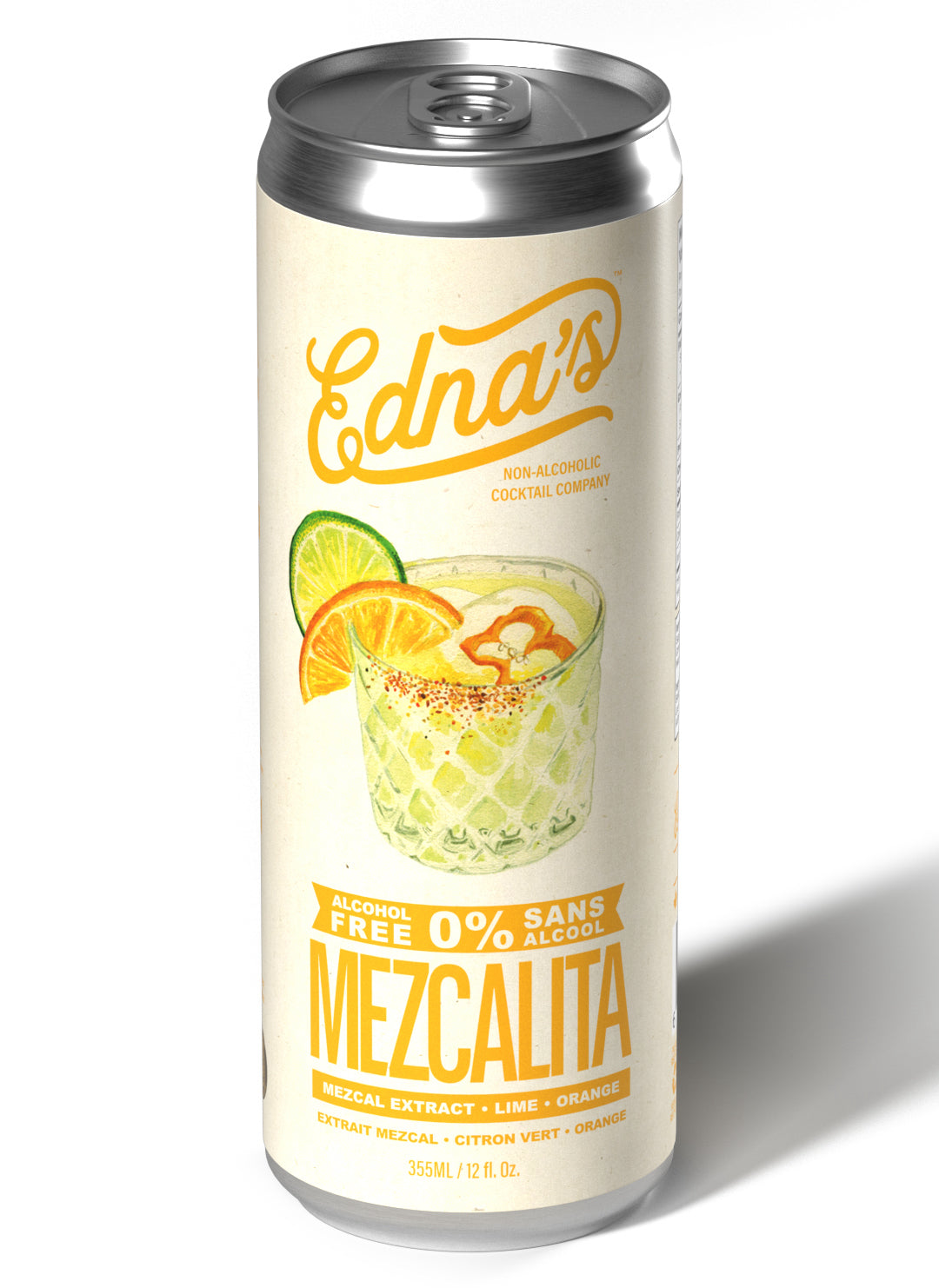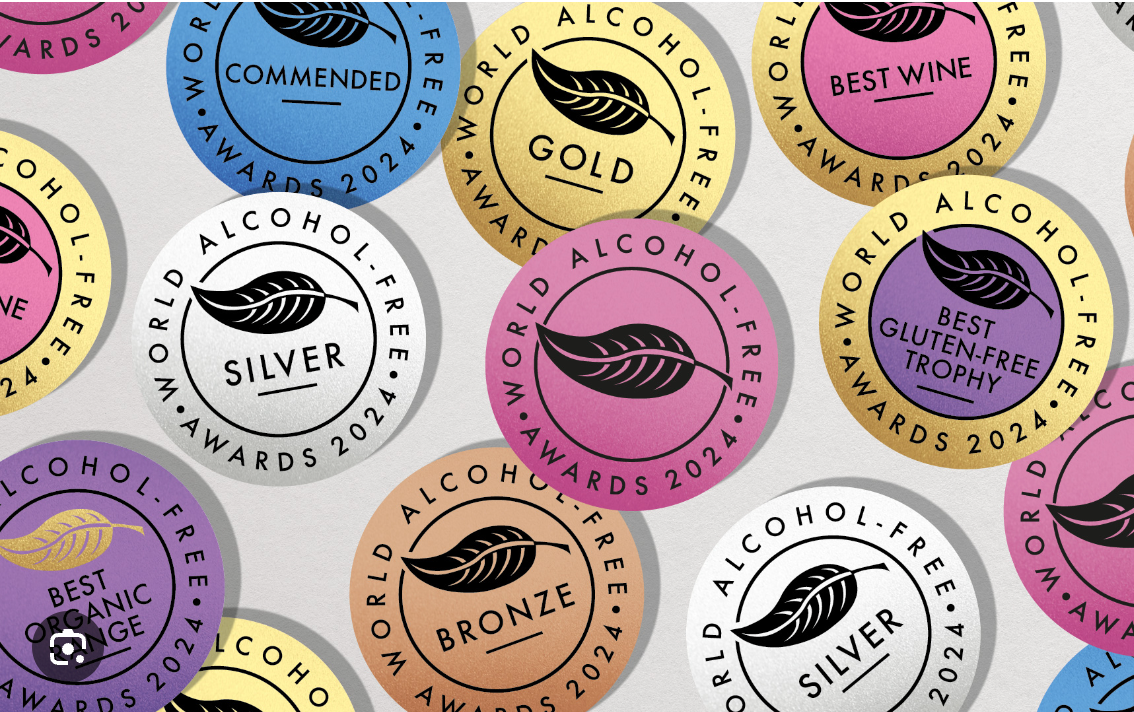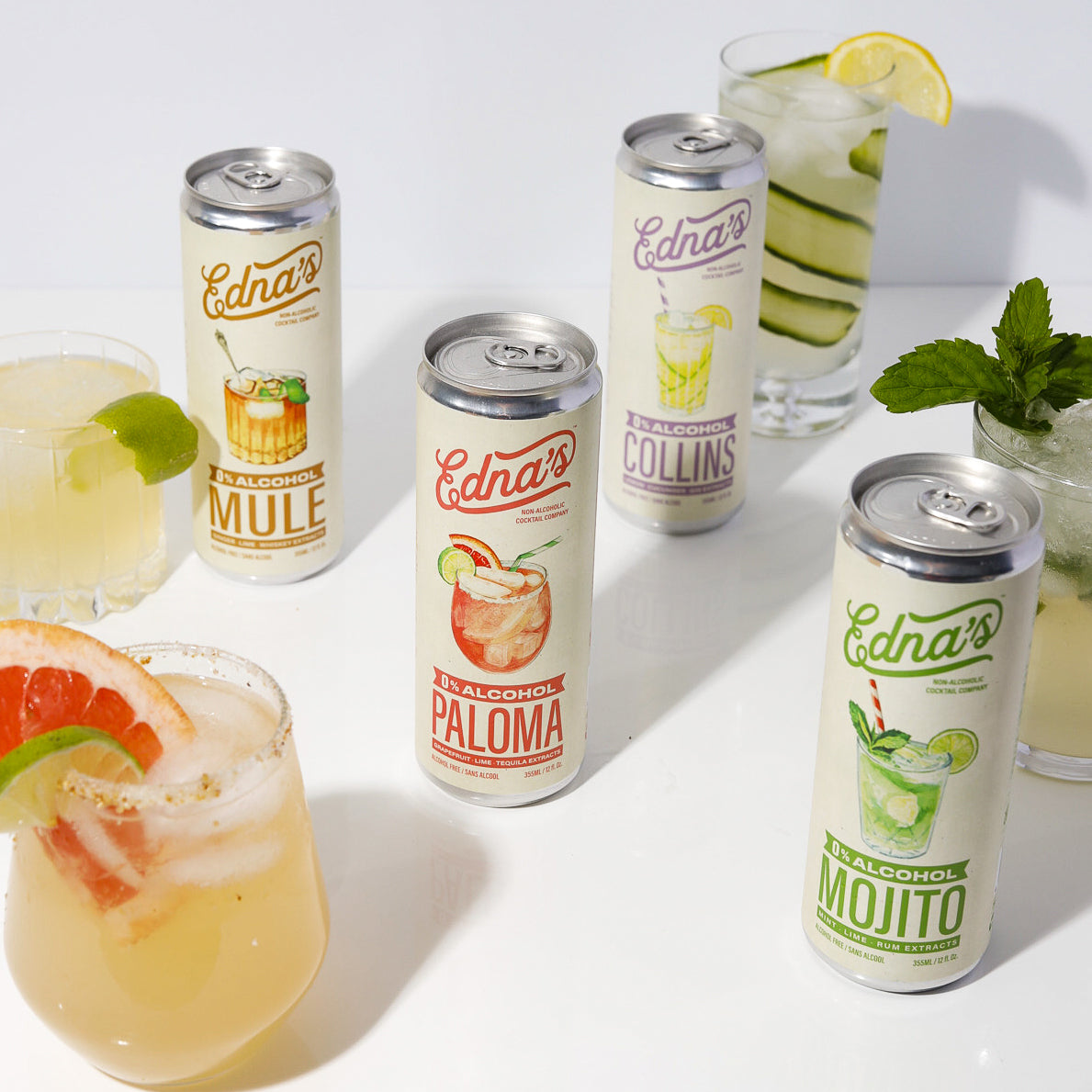Nick Devine has been a bartender for, as he puts it, "a long time."
He's owned a brewery and worked in restaurants serving thousands of people many more thousands of drinks.
Devine says he's seen a shift happening in the drinks industry in recent years — one that might become more pronounced after this week's new recommendations for alcohol consumption, which likely had many Canadians thinking twice about ordering another round.
After noticing more people ordering alcohol-free drinks, Devine made a move into the non-alcoholic cocktail industry last year.
"It's kind of becoming cool not to drink now and I think certainly with my generation and older generations we're starting to pay attention to cutting down, monitoring our consumption somewhat, which I think is a good thing going forward," he said.
"I'm not here preaching 'don't drink.' I enjoy a drink too, but I think it's a good thing that people are keeping their alcohol consumption in check."
The Canadian Centre on Substance Use and Addiction (CCSA), released a report on Tuesday suggesting no amount of alcohol is safe and recommending no one consume more than two drinks per week.
Previous guidance recommended no more than 15 drinks for men and 10 drinks a week for women to reduce long-term health risks. Small amounts of alcohol are now linked to up to nine kinds of cancer, according to the Canadian Cancer Society.
The new guidance says three to six drinks a week increases the risk of developing certain cancers, while seven drinks a week or more increases the risk of heart disease and stroke. The danger goes up with every additional drink.
Tim Stockwell, a scientist at the Canadian Institute for Substance Use Research, said an important part of this new guidance is informing people on what a standard drink actually looks like.
"You don't know what your risk is until you know how much you're drinking. You can't count how much you're drinking until you know what a standard drink is," he said.
Read more here





